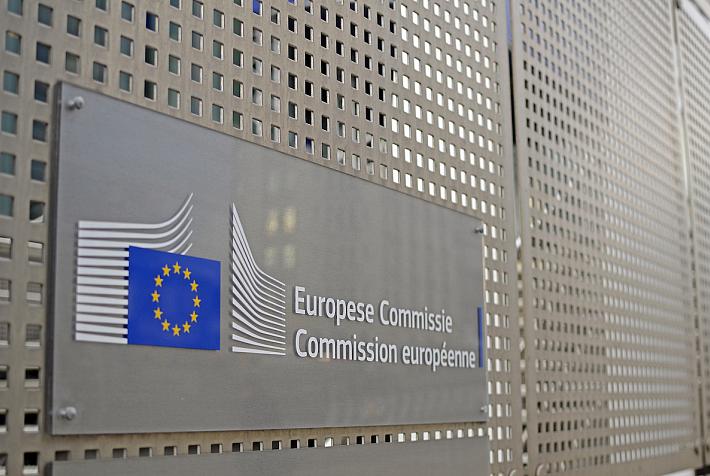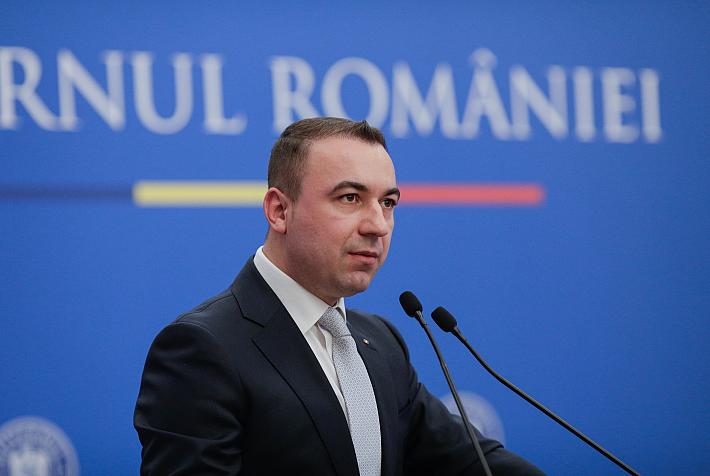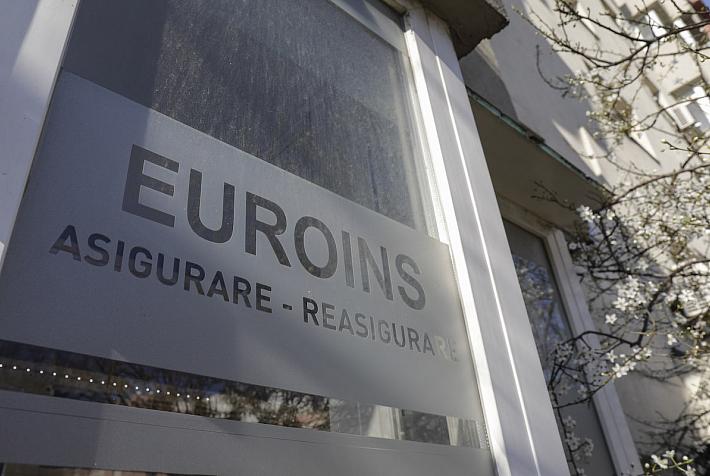Comment: Culture and household products repairs - the same thing in Romania

The general perception in Romania is that there is not that much money coming out from culture. In fact, this belief implies you barely achieve a decent living if you're a writer, actor, director, painter, etc.
However, if we take France for example, in 2011 the cultural industries have created value worth nearly EUR 75 billion, which represents more than half of Romania’s total GDP in that particular year. Unexpectedly, the largest share in this amount was represented by graphic arts, architecture and design, with nearly EUR 20 billion and over 300,000 employees, followed in the same top by television (EUR 15 billion) and media (EUR 11 billion). Adding to this are also contributions from the entertainment industry, music production, film industry, radio, books and video games.
If we were to look at Romania, in 2011 (the last year for which data are available, according to the National Institute of Statistics) the culture industry created 1.42 percent of GDP and has grown or at least stalled in every year of economic crisis: 0 72 percent in 2008, 0.99 percent in 2009, 1.42 percent in 2010 and also 1.42 percent in 2011. This demonstrates remarkable resilience to the difficult economic conditions of those years. Basically, the culture’s share in GDP has doubled in just three years.
If we compare with other sectors of the national economy, the evolution of the culture's contribution was by far the most spectacular, followed in the same positive trend by another domain with too little support for development: professional, scientific and technical activities, which increased from 3.8 percent of GDP in 2008 to 5.6 percent in 2011. At the same time, the contribution of wholesale and retail trade dropped the most, from 19.3 percent in 2008 to 11.3 percent in 2011, which shows that the time when everyone wanted to become owner of a shop is clearly gone, while high value-added activities begin to grow in importance.
However, the trend is not enough emphasized. During these years (2008-2013), "hot" industries as renewable energy projects and private health services have become of great interest, without a word being said about culture. No one talks about the great economic potential of culture and investors in the field are almost non-existent.
The main reason is that those earning their living through culture are not seen as acting in a certain industry, but producing art for the sake of it. In fact, it is degrading to think of art as having commercial potential, because then the result is certainly aimed for money and therefore is depleted of artistic value. We need more projects to demonstrate the contrary. For example, the media buzz generated by the news that one of the paintings belonging to Cluj artist Adrian Ghenie was sold by Sotheby's for 140,000 EUR.
Culture is some kind of a Cinderella not only for investors and businessmen, but also for statisticians. In Romania’s Statistical Yearbook, cultural activities and sports are reported last when presenting the GDP formation through the contribution of different sectors of the national economy, falling in at "Others", along with household products repairs and other services. The European Commission does not excel either: Eurostat, practically the European Union’s Institute for Statistics, has data on any topic, except culture: their latest report is made in 2011 and presents a lot of statistic data from 2005.
What else can be added concerning culture? In just 4 years (not to mention they were economically difficult years), the number of available seats in cinemas increased by almost a quarter (24 percent). Also, despite the fact that many players complain about the disappearance of cinemas and about a public that no longer goes to the cinema, according to the National Statistics Institute, the number of moviegoers increases from year to year, with annual rates of 40percent (such as in 2009 compared to 2008). In 2012 there were 120 percent more tickets sold than in 2008, the total number of tickets sold reaching 8.3 million.
At the same time, the audience for theater and concerts increased by 80 percent between 2008 and 2012, reaching 9.6 million sold tickets in 2012. Among these, 6.9 million people went to concerts. The evolution of concert audiences is by far the most spectacular, with an increase of 226 percent between 2008 and 2012.
It should also be noted that the number of employees in the cultural sector (including those repairing household appliances) remained relatively at the same level throughout this period: 250,000 employees. We can see, however, a change in structure, freelancers share increasing to 25 percent of the total in 2012, compared to 13 percent in 2008.
All of these while Romanian employees are spending monthly only 4.4 percent of their revenues for leisure and culture, that is a total of RON 87 (or EUR 19.3) - while retired individuals consume 3.2 percent and rural residents only 3 percent.
By Mihaela Matei, guest writer.
Mihaela Matei is Entrepreneurs Speak Out: Romanian Entrepreneurship Barometer Project Coordinator, EY Romania











